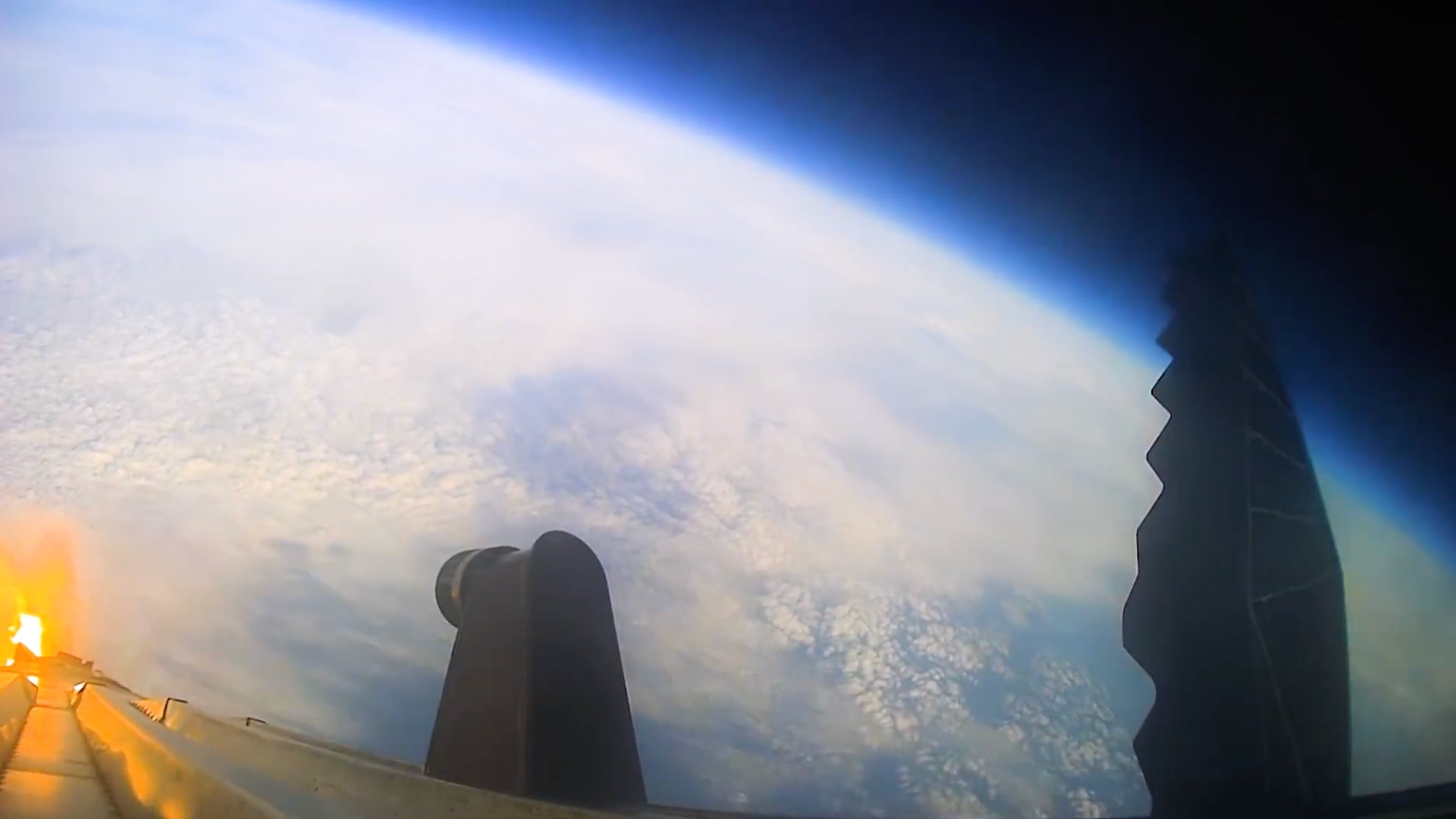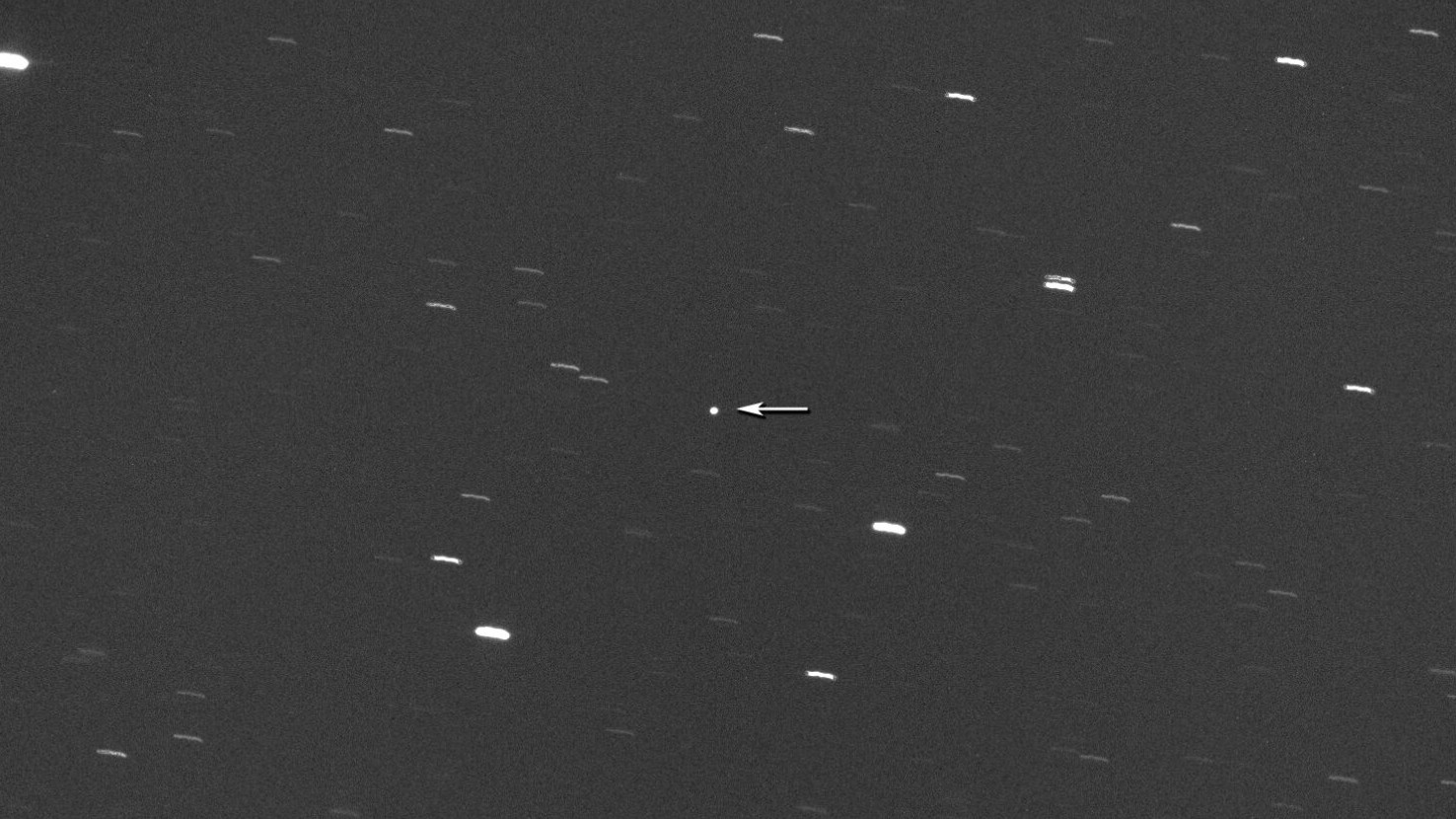Relive SpaceX Starship's epic launch with these amazing highlights (video)
It was almost too dramatic to believe.
The first test launch of SpaceX's fully stacked Starship happened just over a month ago, and recently released footage shows just how amazing the shakedown flight was before the rocket met its fiery end.
Starship launched on the morning of April 20 from SpaceX's Starbase facility in Boca Chica, Texas. The giant rocket's first-stage Super Heavy booster powered the vehicle into the Texas sky for a few exciting minutes but failed to separate from the Starship upper stage as planned. The huge rocket began to tumble, and SpaceX commanded a self-destruct, which happened high above the Gulf of Mexico four minutes into the flight.
A recently released video from SpaceX provides a recap of the dramatic test flight, with some never-before-seen perspectives.
Related: Relive SpaceX's explosive 1st Starship launch in incredible photos

For spectators, Starship's first motion was largely obscured by the massive cloud of smoke, dust and debris that engulfed the rocket and pad when Super Heavy's Raptor engines ignited.
As it rose into the sky, Starship left the launch pad in the dust and onlookers in awe. The new footage provides close-up, high-definition views from liftoff to mission abort that we didn't get during the livestream, and they are stunning.
Starship is the tallest, most powerful rocket ever built. It stands a full 30 feet (9 meters) higher than NASA's Saturn V rocket and generates about 16.7 million pounds of thrust at liftoff — nearly twice as much as NASA's Space Launch System megarocket, which made its successful debut last fall on the Artemis 1 moon mission.
Get the Space.com Newsletter
Breaking space news, the latest updates on rocket launches, skywatching events and more!
Starship is designed to be fully reusable while carrying payloads and passengers to Earth orbit and beyond. And getting it up and running as soon as possible is crucial not only for SpaceX, but for NASA, too.
Starship is part of NASA's plans for its Artemis 3 mission, which will land astronauts on the moon for the first time in over half a century. The space agency has contracted SpaceX to build a version of Starship to land those astronauts near the lunar south pole and transport them back to orbit around the moon for rendezvous and transfer back to the Artemis 3 Orion capsule. NASA is currently targeting the end of 2025 for the Artemis 3 launch, so SpaceX's window to certify Starship for crewed spaceflight is growing smaller every day.
Though Starship's first fully integrated test flight ended in an explosion, SpaceX and its billionaire founder and CEO, Elon Musk, are viewing it as a success. In a Twitter Spaces chat on April 29, Musk said the launch "was roughly sort of what I expected, and maybe slightly exceeded my expectations."
Musk said that the damage to the launch pad and surrounding area was light enough that Starship may be ready to fly again in just a couple of months. Other factors could influence that timeline, however. For instance, a coalition of environmental groups recently sued the U.S. Federal Aviation Administration, claiming the agency didn't properly assess the damage that a Starship launch could inflict on the South Texas environment.
Join our Space Forums to keep talking space on the latest missions, night sky and more! And if you have a news tip, correction or comment, let us know at: community@space.com.

Josh Dinner is the Staff Writer for Spaceflight at Space.com. He is a writer and photographer with a passion for science and space exploration, and has been working the space beat since 2016. Josh has covered the evolution of NASA's commercial spaceflight partnerships and crewed missions from the Space Coast, as well as NASA science missions and more. He also enjoys building 1:144-scale model rockets and human-flown spacecraft. Find some of Josh's launch photography on Instagram and his website, and follow him on X, where he mostly posts in haiku.
